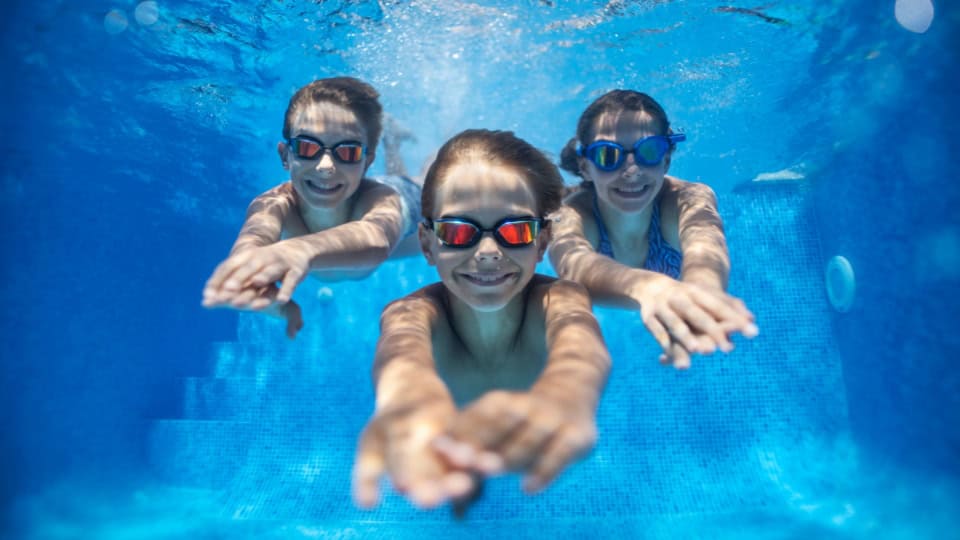
Swimming pool safety is crucial, especially for young children to prevent accidents and potential drowning. Drowning is a silent danger and remains the leading cause of accidental death among children aged 1 to 4 years in the U.S., according to the CDC. Nearly 900 children tragically lose their lives annually, most often in residential swimming pools. (Source Link for that data) Here are 15 key safety measures endorsed by the pediatricians at Pediatric Associates of Dallas to help protect your little ones:
1. Constant Adult Supervision

Always have a designated adult closely monitoring children in or near the pool. This person should not be distracted by other activities, such as reading or using a smartphone.
2. Swimming Lessons
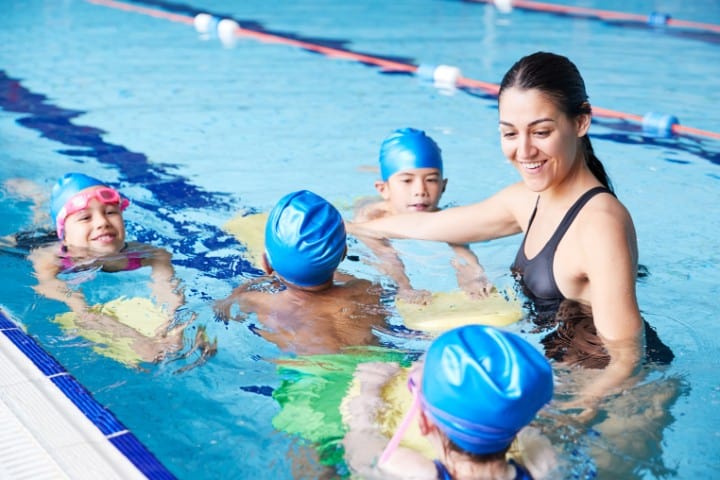
Early swimming lessons are vital for teaching children how to be safe in and around water. These should focus on water entry and exit strategies, staying afloat, and basic stroke techniques. Remember that even proficient swimmers should not be left unsupervised.
3. Fencing and Barriers
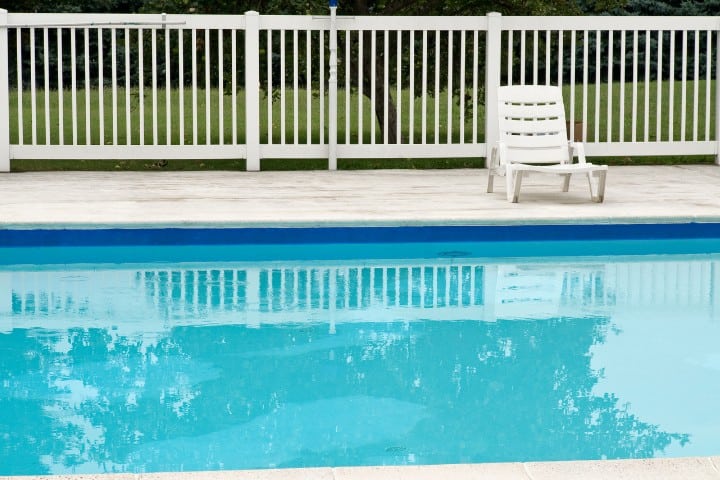
Surround your pool with a four-foot or taller fence with self-closing, self-latching gates. This barrier should enclose the pool completely to prevent unsupervised access by children.
4. Strict No-Running Policy
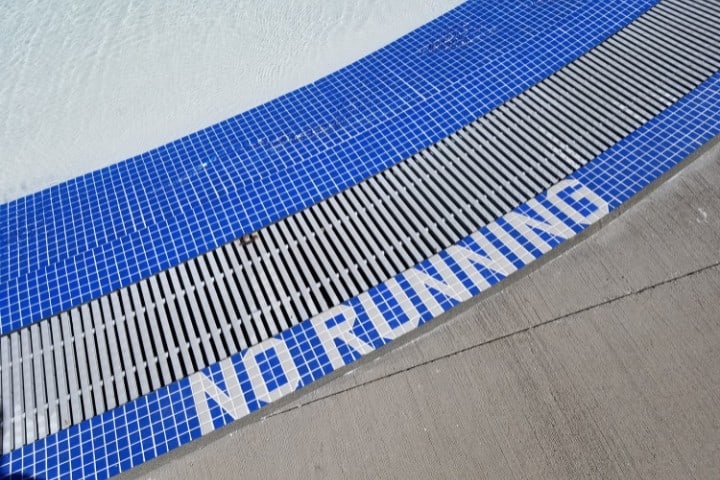
Implement and enforce a strict no-running rule around the pool area to prevent slips and falls on wet surfaces.
5. Safe Diving Practices
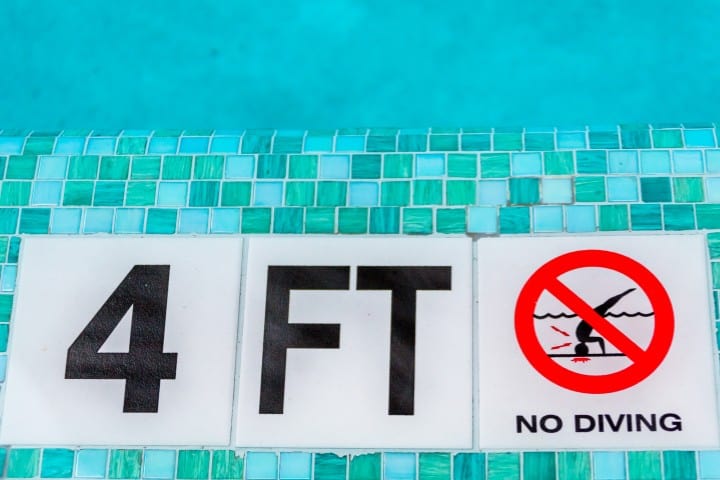
Clearly mark the safe diving zones in your pool. Teach children never to dive into shallow water, and only in designated areas to avoid injuries.
6. Pool Covers and Alarms
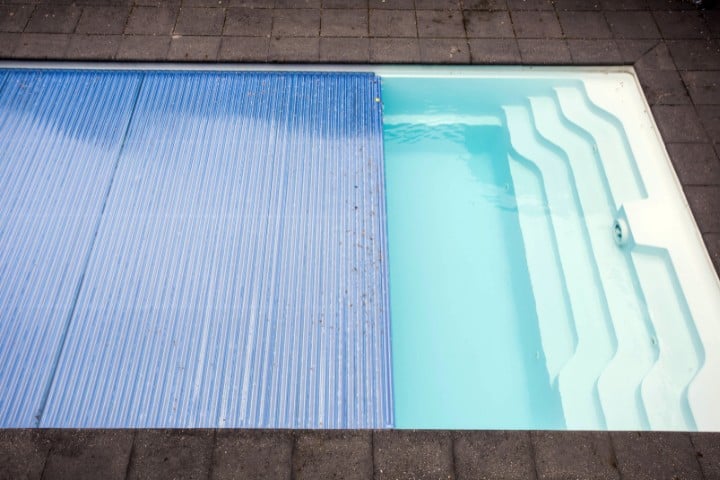
Utilize pool covers that are sturdy enough to support the weight of a child and ensure it completely covers the water surface when the pool is not in use. Install alarms that will sound when someone enters the pool or its surrounding area unexpectedly.
7. Clutter-Free Pool Area
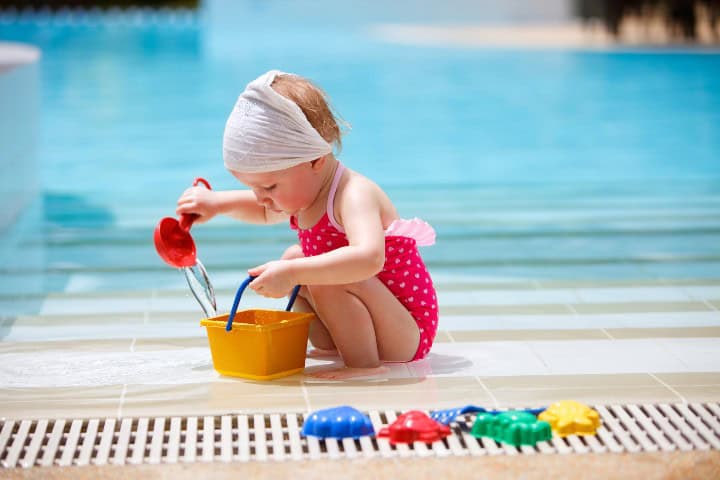
Keep the pool deck clear of toys and other objects to avoid tripping hazards and discourage children from entering the pool area unsupervised.
8. Water Safety Education
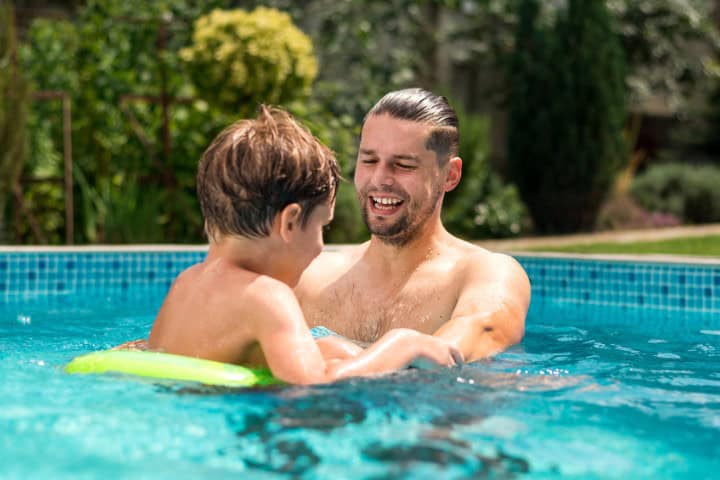
Regularly discuss water safety with your children. Teach them to swim with a buddy and never be alone. Explain the dangers of swimming near or sitting on pool drains.
9. Emergency Preparedness
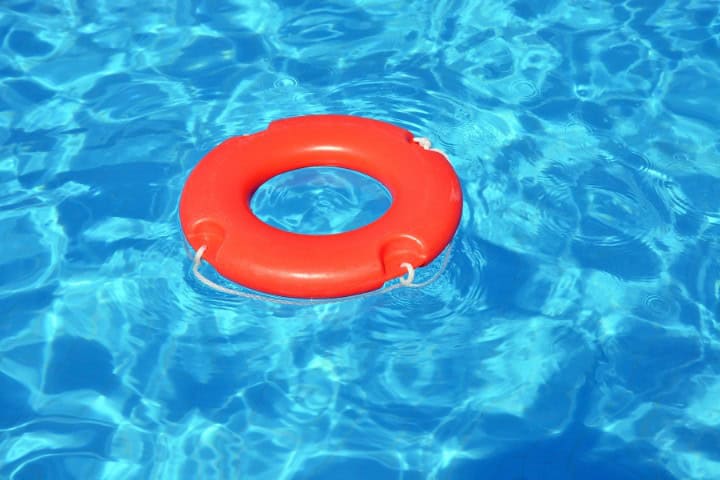
Familiarize your family with basic first aid and CPR, particularly for water-related accidents. Keep rescue equipment and a first aid kit near the pool area.
10. Use of Floatation Devices
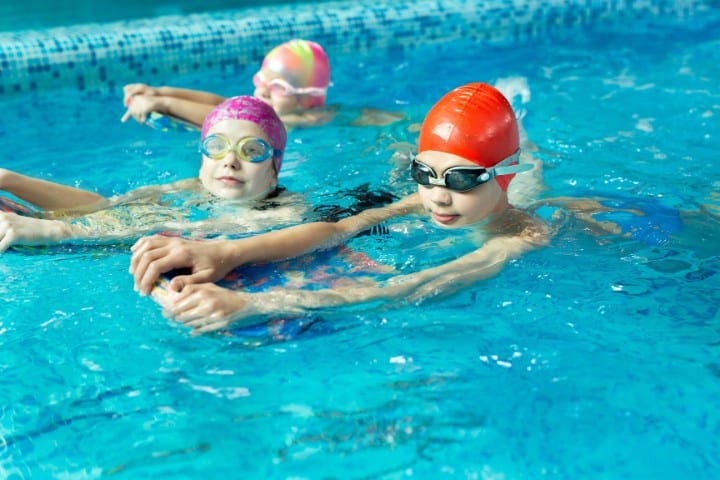
Ensure that non-swimmers or inexperienced swimmers wear U.S. Coast Guard-approved life jackets. Remember, these devices are not substitutes for supervision.
11. Hydration and Breaks
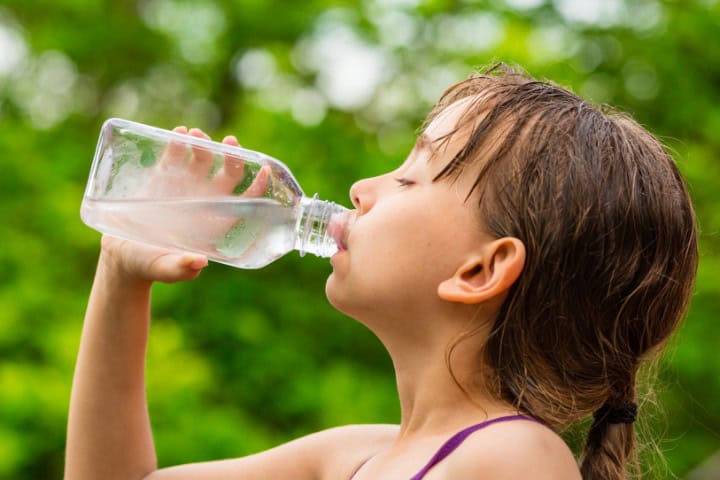
Encourage regular hydration breaks, especially on hot days, to prevent dehydration and overheating.
12. Sun Protection
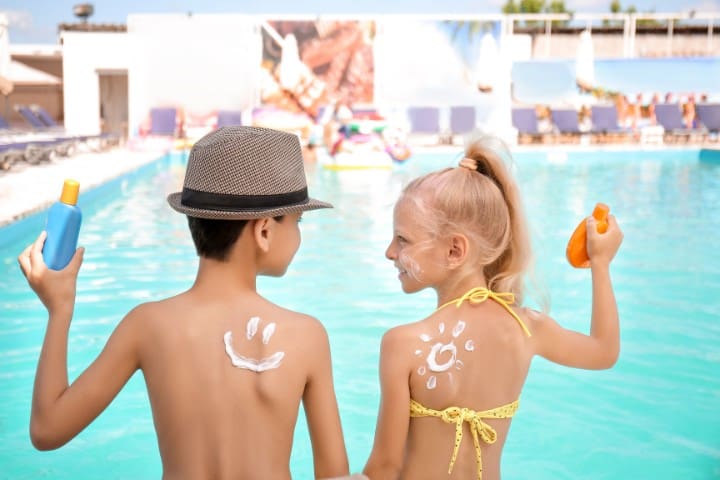
Apply a broad-spectrum sunscreen with an appropriate SPF to protect children from UV rays. Reapply sunscreen every two hours, or after swimming or sweating.
13. Clear Pool Rules

Establish and enforce clear rules regarding pool use. Make sure all family members and guests are aware of these rules.
14. Awareness of Drain Safety
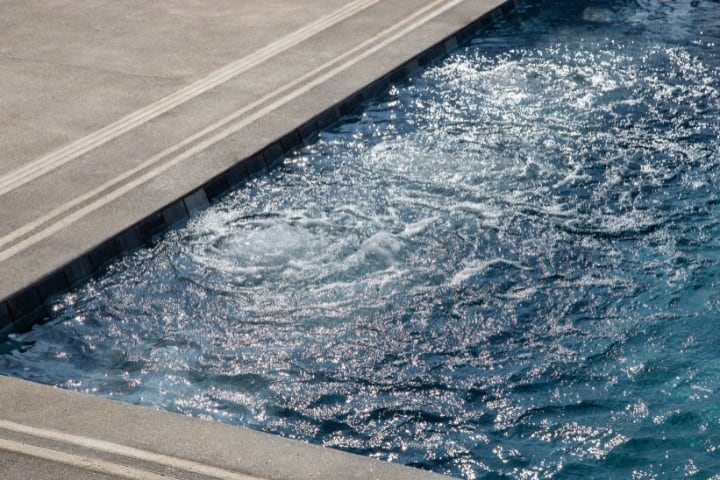
Educate children on the hazards associated with pool drains and ensure your pool complies with federal safety regulations to prevent entrapment.
15. Mindfulness of Weather Conditions

Avoid swimming during adverse weather conditions, particularly thunderstorms, which can increase the risk of lightning strikes.
Swimwear Safety Guide
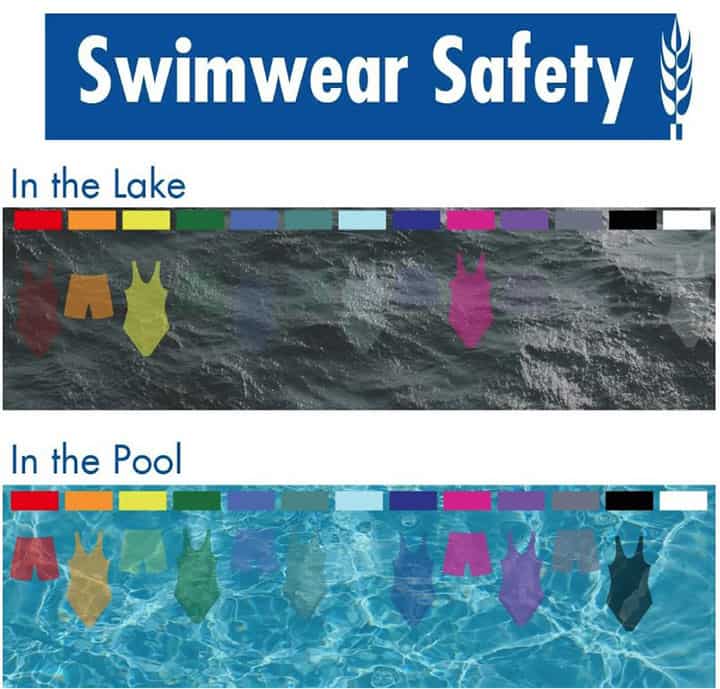
The choice of swimwear color plays a critical role in enhancing the visibility of children in aquatic environments, impacting their safety. Brightly colored swimsuits can significantly improve the likelihood of spotting children quickly, especially in challenging conditions such as murky lake waters or busy pool settings. Always select swimwear that stands out against the background of the water. This simple step along with constant adult supervision, can make swimming safer for your children.
By adhering to these detailed guidelines, you can ensure a safer swimming environment for children. Remember, vigilance and proactive safety measures are crucial when it comes to water safety for kids. Your doctors at PAD Dallas & Plano are here to answer any additional questions you might have regarding pool rules & safety!
